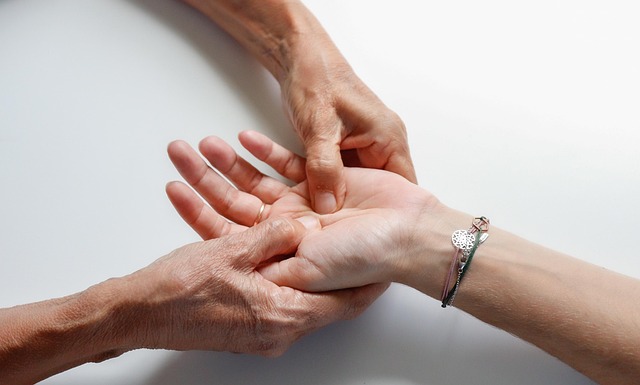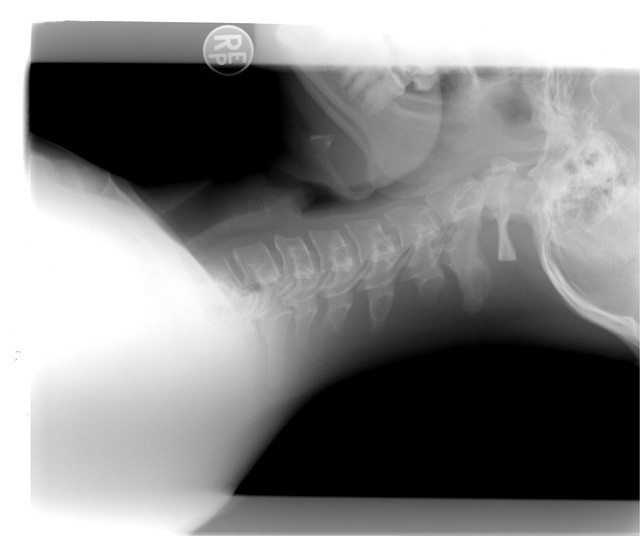Previous studies have indicated that patients generally prefer receiving physiotherapy services in primary care settings. However, limited research has directly compared the effectiveness of hospital-based physiotherapy with primary care-based physiotherapy.
In 1996, Worsfold, et. al., conducted pragmatic randomized trial aimed to compare the outcomes of general-practice-based physiotherapy education/advice clinics with traditional physiotherapy treatment provided in an acute hospital setting.
The study enrolled 130 patients referred to physiotherapy services by 43 general practitioners over a one-year period. Inclusion criteria specified that patients should be employed, independent in all daily activities, and would typically be referred to the hospital physiotherapy department for treatment. Patients were randomly assigned to one of two intervention groups: general practice education/advice or treatment and education/advice at the local hospital. Participants completed a pre-intervention questionnaire before their initial physiotherapy appointment and another six weeks later.
Unfortunately, a significant number of patients did not attend either their first or subsequent appointments. Post-intervention scores indicated improvements in patients’ conditions, with the advice group showing slightly better outcomes than the hospital group. Measurements included the Nottingham Health Profile, the anxiety component of the Hospital Anxiety and Depression Rating Scale, pain and problem size visual analogue scales, and assessments of patient satisfaction. Additionally, the advice group demonstrated fewer attendance rates than the hospital treatment group. General practitioners who participated in the survey provided favorable comments on the advice clinics.
The study’s findings support the viability of general-practice-based physiotherapy education and advice clinics. Despite the challenges with patient attendance, the results suggest that this approach can yield positive outcomes, as evidenced by improvements in patient-reported measures and reduced attendance rates compared to traditional hospital-based treatment.
Reference: Worsfold, C., Langridge, J., Spalding, A., & Mullee, M. A. (1996). Comparison between primary care physiotherapy education/advice clinics and traditional hospital based physiotherapy treatment: a randomized trial. British Journal of General Practice, 46(404), 165-168.




